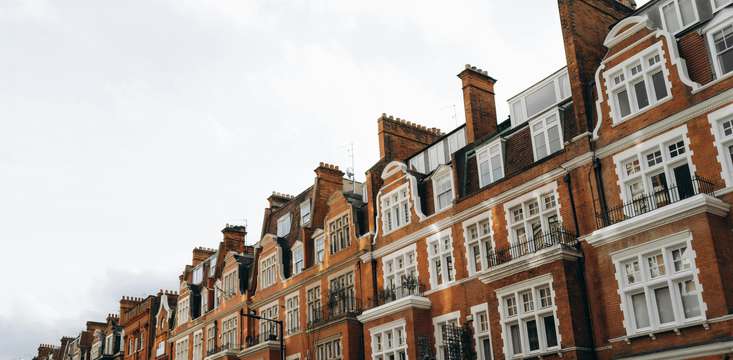A lot of time, energy and concentration is spent by tenants settling heads of terms and negotiating the lease when they first look to take a new lease. But, as the needs of tenants vary and change throughout their lifecycle, tenants often need to adapt the property they are trading from. They need increasing flexibility from their leases and properties to be able to run their business as efficiently and seamlessly as possible.
In this article we will be looking at possible ways that a tenant may consider adapting their properties to meet changing business needs, whilst staying within the agreed terms of the lease.
Most tenants have been there: business is going well, figures are up but the property is looking dull, tired. Time for a new fit out. The question on a tenant’s mind is then “What do I need to do?”
Leaving the design works and operational issues aside, from a legal perspective:
Check the demise – The works you intend to carry out to the demised premises must not go beyond the boundaries of the area you are entitled to occupy.
Check what your lease says – If your lease says nothing on the question of alterations, then you are free to carry out any alterations unless they amount to a “waste” which is described as “any act that permanently alters the nature of what has been demised”.Most modern day leases will contain at least some restrictions on alterations. The most commonly encountered ones provide that alterations to the exterior and/or structure of the demised premises are prohibited but non-structural alterations to the interior are allowed, with the landlord’s consent.
Stop and think – After checking your lease, check which of your works need consent. Often there will be a mixture of works, some requiring consent and some not. Also, take a moment to assess whether your alterations are truly alterations or if they may amount to improvements. If so, then section 19(2) of the Landlord and Tenant Act 1927 provides that landlord’s consent cannot be unreasonably withheld.
Make an application for consent – Make sure your application to your landlord adequately describes the proposed works. Where possible, include detailed plans, drawings and specifications. If there is a mixture of works within and outside the demised premises, structural and non-structural, requiring consent and not requiring it, you should identify which are which and provide the information in a single, easy to understand package. Remember to include as part of your application any third party consents, permissions (including planning permissions if necessary) which need to be provided to your landlord before it is required to deal with your application.
Wait for landlord’s consent – There is no statutory obligation for your landlord to respond to an application for consent to carry out alterations within a reasonable time, or give reasons for any refusal (unlike applications for consent to assign or underlet, where this is imposed by section 1 of the Landlord and Tenant Act 1988).Nevertheless, the Alterations Protocol (which was launched in early 2016) directs that landlords respond reasonably promptly (within five working days is recommended) and give any reasons for refusal in writing.
Paying for your landlord’s costs – Your landlord will usually be entitled to their reasonable and proper legal and surveyor’s costs. If consent is needed from a superior landlord it’s likely you will be responsible for their costs too. You will need to arrange for your solicitor to be put in funds when you apply for consent so that they can give an undertaking for these. However, it’s worth bearing in mind that your landlord should not use any delay in getting an undertaking or a disagreement over costs as an excuse not to start dealing with your application.
Done and dusted – Once your application has been made, landlord’s consent has been granted, the legal work may not be over. The practical work certainly won’t be! Before you start work, you may need to produce to the landlord copy documents, for example a copy of your insurance policy, the building contract. Afterwards you have carried out the works you may need to provide copies of “as built drawings” and an up-to-date health and safety file….check the lease and the landlord’s approval carefully and make sure your landlord is provided with everything required.

























































































